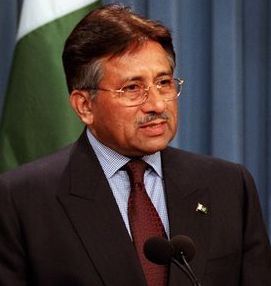LAHORE, Pakistan -- "The only time I wore a burka was at a fancy-dress ball," says Unver, a Pakistani painter hailing from an upper class Pakistani family. Speaking to a group of friends, he recounts sending his driver to the market to buy him the cheap, all-enveloping veil sealed with a face grill that many of Pakistan's most conservative women wear on sorties outside the house. "After forty minutes of wearing that thing, I was drenched in sweat. Next time I saw my driver, I asked him how his wife can wear that thing all the time. He just looked at me with an expression that said, 'You don't understand.'" Unver's post-party exchange with his driver hints at the massive cultural gap between the elites inhabiting the villas vacated by the British colonial masters and the vast majority of Pakistan's 190 million poverty-stricken masses. In Iran, a resource-rich country twice the size of Pakistan and with a third its population, this social disparity helped galvanize the 1979 Revolution that led to the foundation of the first Islamic Republic in the Middle East. Could this be the path that Pakistan will follow?
At the Edge of Revolution: Does Pakistan Have a Khomeini?

